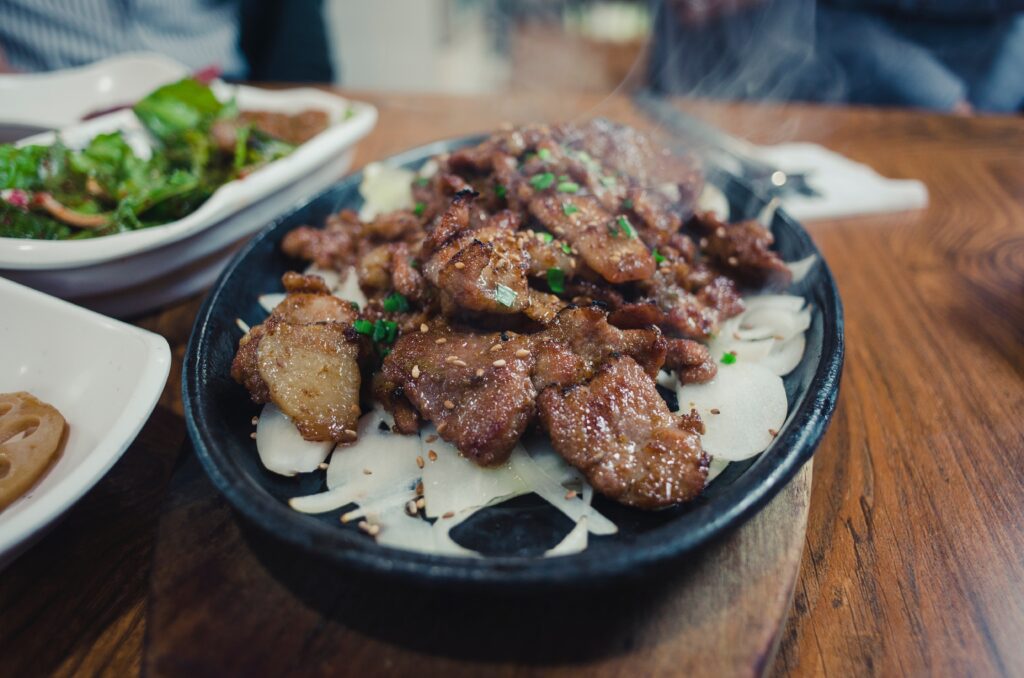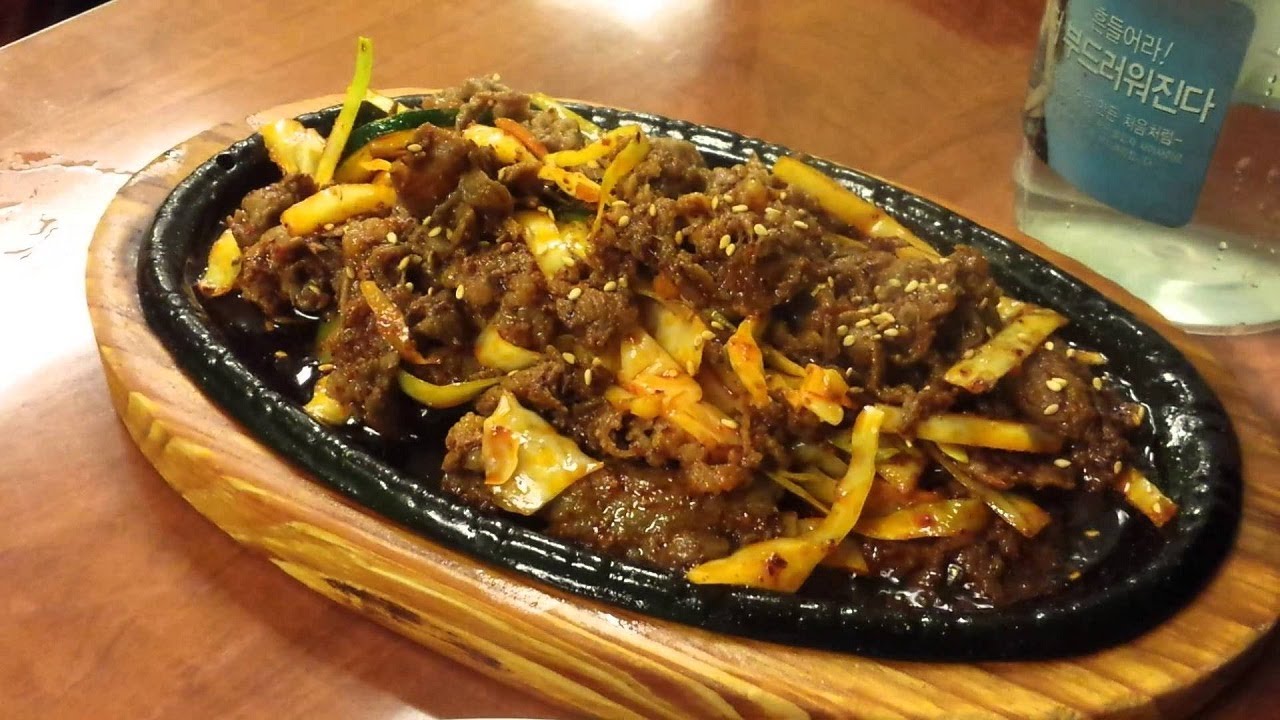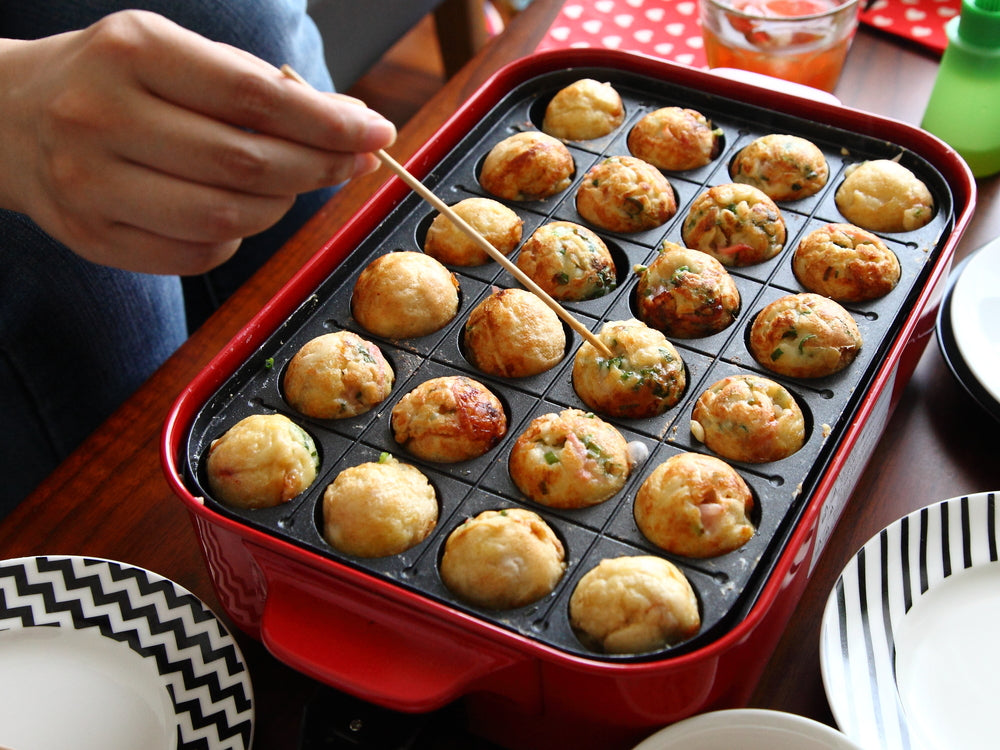For kitchen professionals, the sizzling sound is not just an auditory delight but a hallmark of culinary perfection. The art of achieving that perfect sizzle can elevate your cooking, leaving an indelible impression on diners. In this article, we'll explore the techniques and tools necessary for getting the sizzling sound effect right every time.
/hospibuz/media/post_attachments/wp-content/uploads/2019/08/download-1-10-1024x682.jpg)
The Science Behind the Sizzle
The sizzle is more than a mere sound; it's a sensory cue that signals the beginning of a transformation. When food hits a hot surface, it undergoes a process called the Maillard reaction, which is essential for developing complex flavors and aromas. This reaction occurs when amino acids and sugars in the food combine under high heat, resulting in browning and the release of characteristic sizzling sounds.
Essential Equipment for the Perfect Sizzle
To consistently achieve the coveted sizzling sound effect, having the right equipment is crucial. Here are some tools to consider:
Cast Iron Skillet
A cast iron skillet is renowned for its ability to retain and distribute heat evenly. This makes it ideal for creating a sizzle that is both loud and flavorful. Make sure your skillet is well-seasoned to prevent sticking and enhance the sizzle.
Sizzling Platter
Sizzling platters, often used in restaurants for dishes like fajitas, are perfect for home cooks aiming to replicate that professional touch. Preheating the platter ensures an explosive sizzle when food is placed on it. For more details on using sizzling platters, check out this guide to sizzling platter safety.
Techniques to Master the Sizzle
Beyond equipment, technique plays a vital role in achieving the perfect sizzle. Here are some tips:
Preheat Your Cooking Surface
Whether using a skillet or a sizzling platter, preheating is essential. A well-preheated surface ensures that the food immediately begins to sizzle upon contact. Typically, a few minutes on medium-high heat should suffice. Learn more about preheating sizzling plates.
Pat Food Dry
Excess moisture can dampen the sizzle. Patting food dry with a paper towel before cooking helps achieve a more pronounced sizzling sound. This is particularly important for proteins like steak or fish.
Use the Right Amount of Oil
Oil is a key player in the sizzle game. Using just enough to coat the pan or platter ensures that the food doesnt stick, while also contributing to the sizzle. Opt for oils with high smoke points, such as canola or grapeseed oil, for best results.
Common Mistakes to Avoid
Achieving the sizzling sound effect can sometimes be elusive, especially if common pitfalls are not avoided. Heres what to watch out for:
Overcrowding the Pan
Adding too much food at once can lower the temperature of the cooking surface, leading to steaming rather than sizzling. Cook in batches to maintain the right temperature and sizzle.
Using Cold Ingredients
Cold ingredients can reduce the pan's heat drastically. Its advisable to let proteins rest at room temperature for a bit before cooking to ensure they sizzle properly.
Enhancing the Culinary Experience
While the sizzle is crucial, its just one part of the sensory experience. The aroma and visual appeal also play significant roles. For a comprehensive guide on enhancing the visual and aromatic appeal of your sizzling dishes, explore this article on sizzling platters.
Conclusion
Mastering the sizzling sound effect is a skill that can set kitchen professionals apart. By understanding the science behind it, using the right equipment, and applying precise techniques, you can consistently deliver dishes that not only taste incredible but also captivate diners with their auditory allure. For further reading on avoiding sticking on sizzling plates, visit this helpful resource.

FAQ
What is the Maillard reaction?
The Maillard reaction is a chemical response between amino acids and sugars that occurs under high heat, resulting in browning and the release of complex flavors.
Why is preheating important for the sizzling effect?
Preheating ensures that the cooking surface is hot enough to create an immediate sizzle when food is added, leading to better browning and flavor development.
What oils are best for achieving a sizzle?
Oils with high smoke points, such as canola or grapeseed oil, are ideal as they withstand high temperatures without burning, helping to create an effective sizzle.
This article contains affiliate links. We may earn a commission at no extra cost to you.






Leave a comment
This site is protected by hCaptcha and the hCaptcha Privacy Policy and Terms of Service apply.